Play to Play: Paid Social Advertising 101

With so many social media platforms, we ask ourselves where do we even begin?
Let’s jump right in.
Why Paid Social Advertising Matters
- Increased Reach: Organic reach is down across most of the social networks, but everyone is on social media. In a pay-to-play game, social media advertising is a must for brands.
- Audience Targeting: Users’ demographics, likes, dislikes, interests, and behaviors can be leveraged to target your desired audience with almost pinpoint accuracy.
- Low Barrier to Entry: We no longer have to worry about spending for lost impressions that came with traditional advertising - instead, we now only pay for results making social a more affordable medium.
Boosted Posts vs. Ads (AKA Dark Posts)
A fundamental aspect to understand about paid social is what is a Boosted Post versus an Ad? They both say ‘sponsored’ when on a feed, but what’s the difference?
Most social platforms have a “boosting” format option. In essence, it is taking a piece of content directly from your timeline and adding funds behind it to extend reach.
Ads, aka Dark posts, are targeted ads on social media. Unlike boosted and organic posts, though, they don’t appear on your timeline.
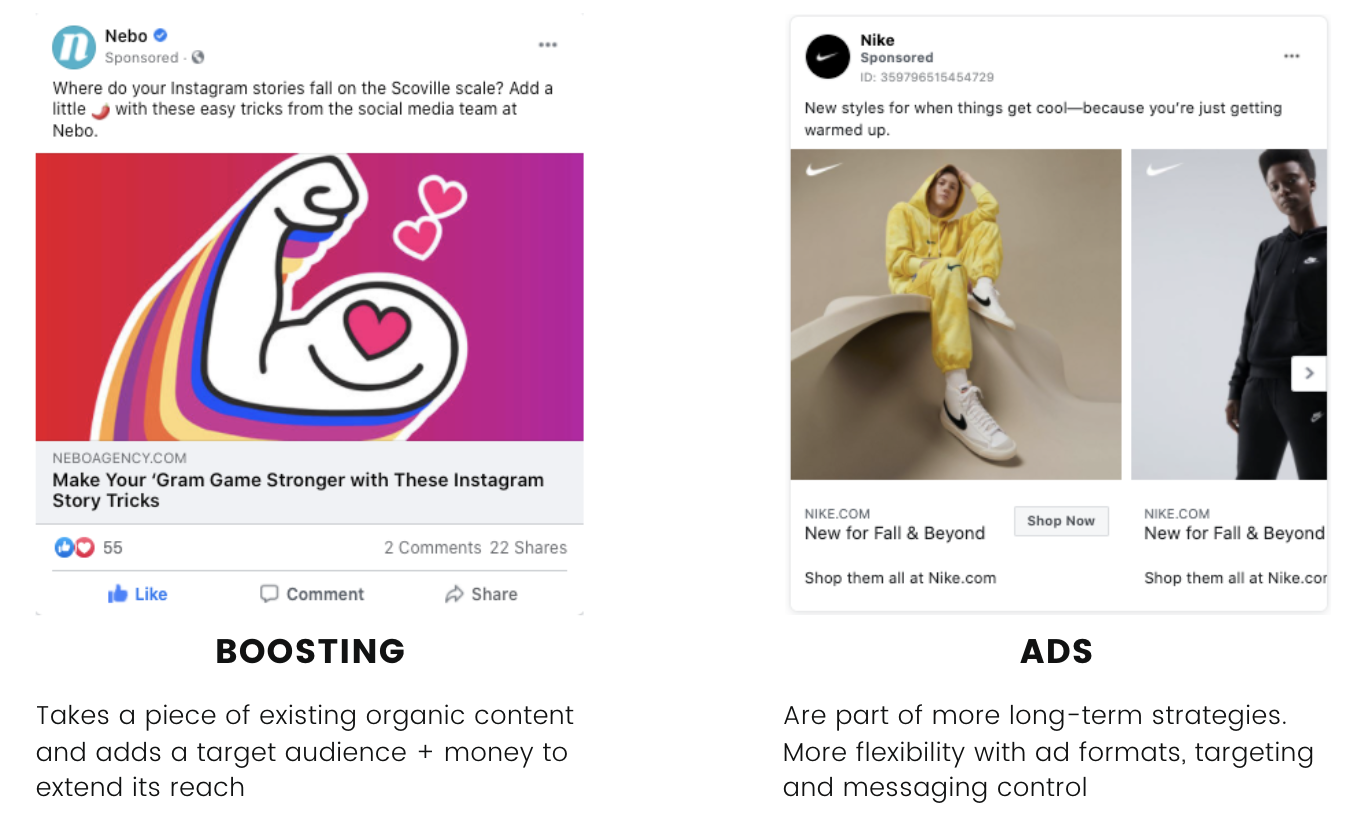
Knowing all this, what should paid posts be?
Paid Posts Should:
- Center around a specific product, service or promotion
- Include some sort of CTA
- Lead to a landing page tied to the promotion or a lead gen form
- Be specific to your audience and where they are in your marketing funnel
Prospecting vs. Retargeting
Two general ways of dividing your paid social marketing funnel are Prospecting and Retargeting.
Prospecting is done all in hopes of increasing new customers as you introduce your brand to someone who has not been to your site before or interacted with your brand before on social media.
Retargeting is essentially checking back in with someone who either has been to your site before or interacted with your brand before on social.
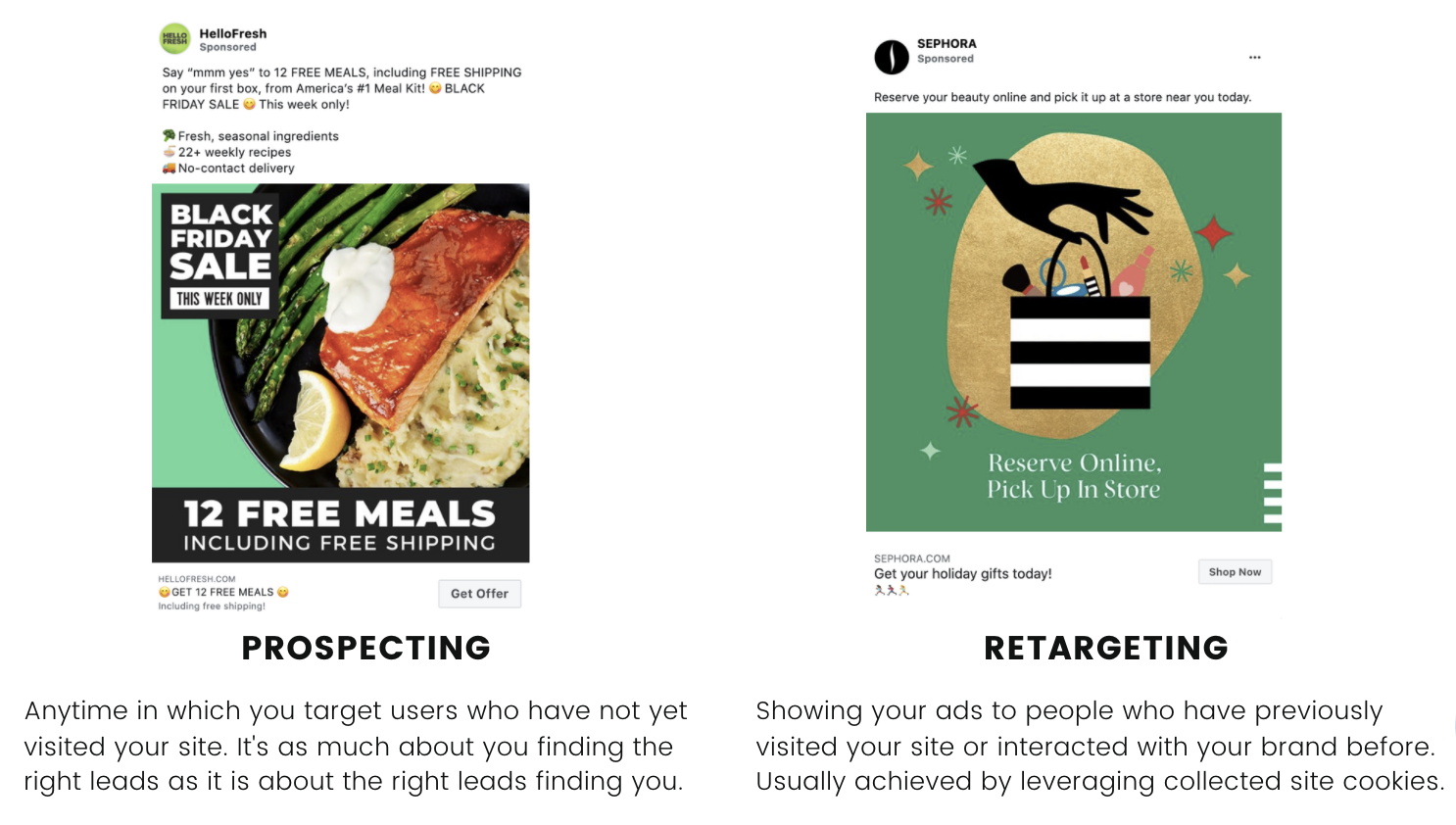
Platform Pros and Cons
This deep dive on pros and cons could go on for days due to the sheer number of social media platforms, but we’ll focus on the “Top Six” platforms.
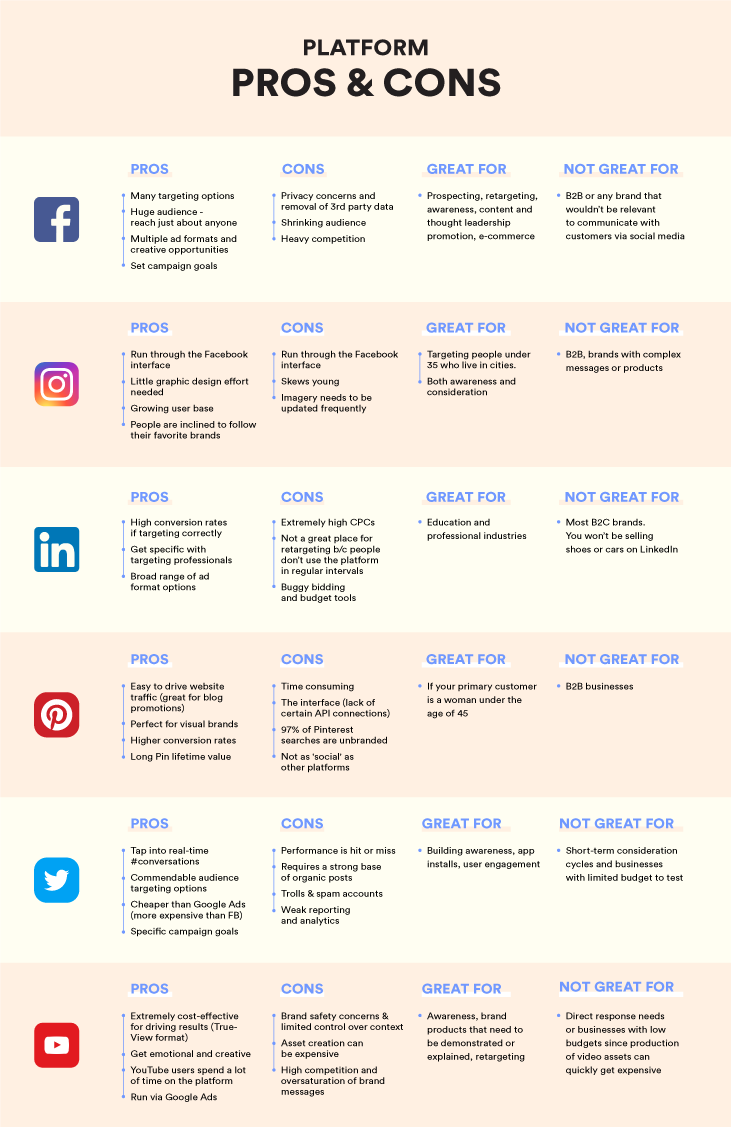
Facebook Ads Manager Best Practices
Facebook Ads Manager is the bread and butter of paid social. Essentially, if you’re going to be on any social channels, you’ll probably start with Facebook and Instagram.
Understanding the Campaign Structure
- The Campaign is your folder. You'll choose an objective to define your goals (Reach, Traffic, Conversions, etc.)
- The Ad Sets are the groups of ads that share settings for how, when and where to run (Audience Targeting, Ad Placements, etc.)
- Ads are the media you create for your audience (Ad Formats, Images or Videos, Text, Links, CTAs, etc.)
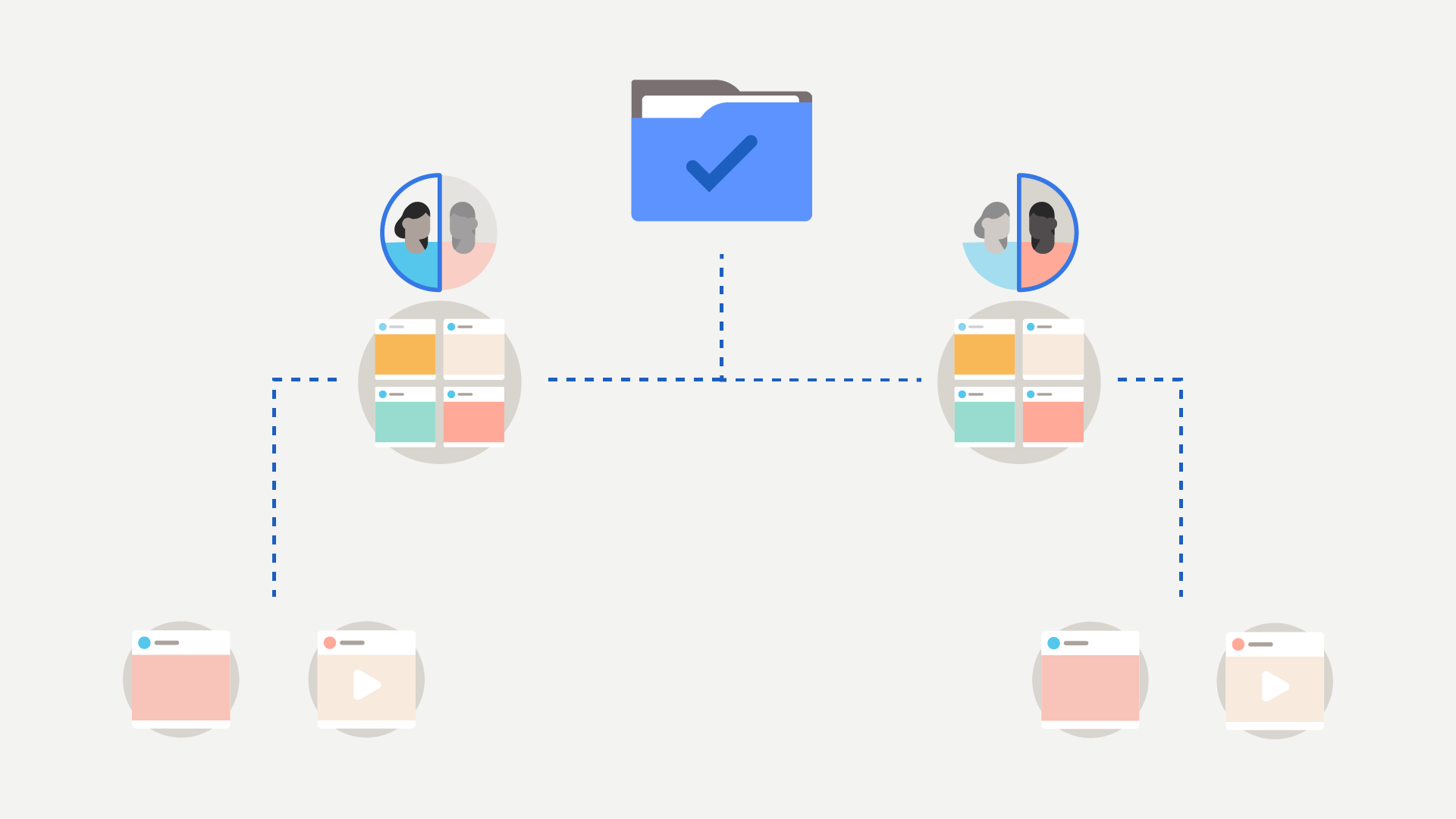
Setting Budgets
- Campaign Spending Limit: The maximum amount you'll spend on a campaign until it stops running
- Lifetime Budget: If you don’t want to exceed a certain amount of overall spend, and works best if you have flexibility on how much you want to spend each day
- Daily Budget: The average amount your campaign will spend each day, best for when you have specific daily spend goals
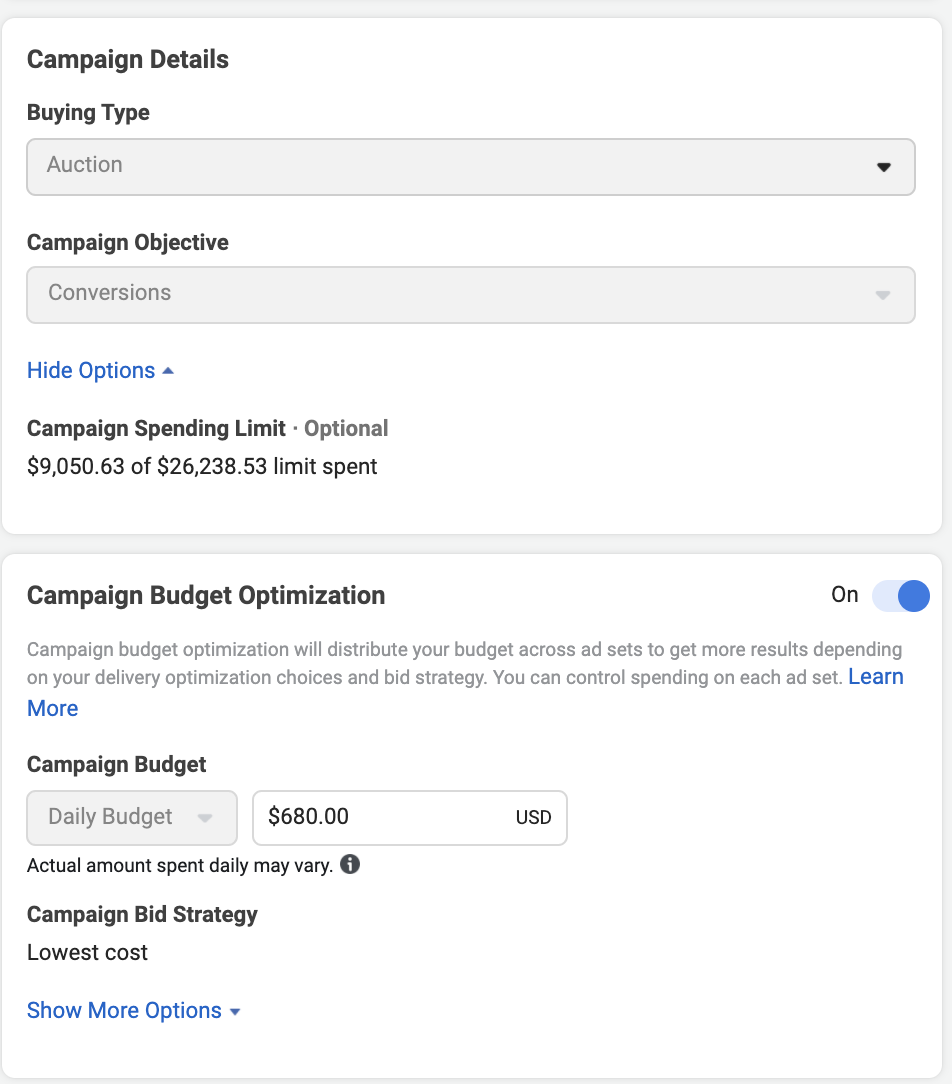
Campaign Budget Optimization
- Instead of setting individual ad set budgets, you set one overarching campaign budget with the flexibility to spend more on ad sets with the best opportunities and less on underperforming ad sets.
- It's best practice to use CBO as Facebook will be switching to mandatory use of this in the near future.
- If some of your Ad Sets aren't spending due to the better performing Ad Sets absorbing spend, you can set daily minimums and maximums at the Ad Set Level.
- If you need to spend certain amounts based on location, separate your efforts into multiple campaigns for more control.
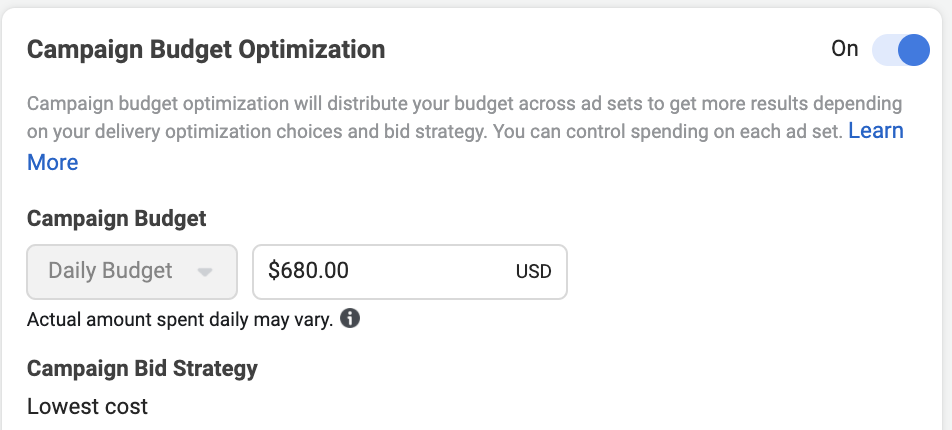

Use Campaign Shells vs. Creating New Campaigns
- When the same campaign is used repeatedly for evergreen efforts to promote content and/or boost posts, the campaign can learn much quicker and drive more robust performance over time.
- Having campaigns separated by year helps with organization and quick data comparison.
- Condenses Facebook Ad Account Size
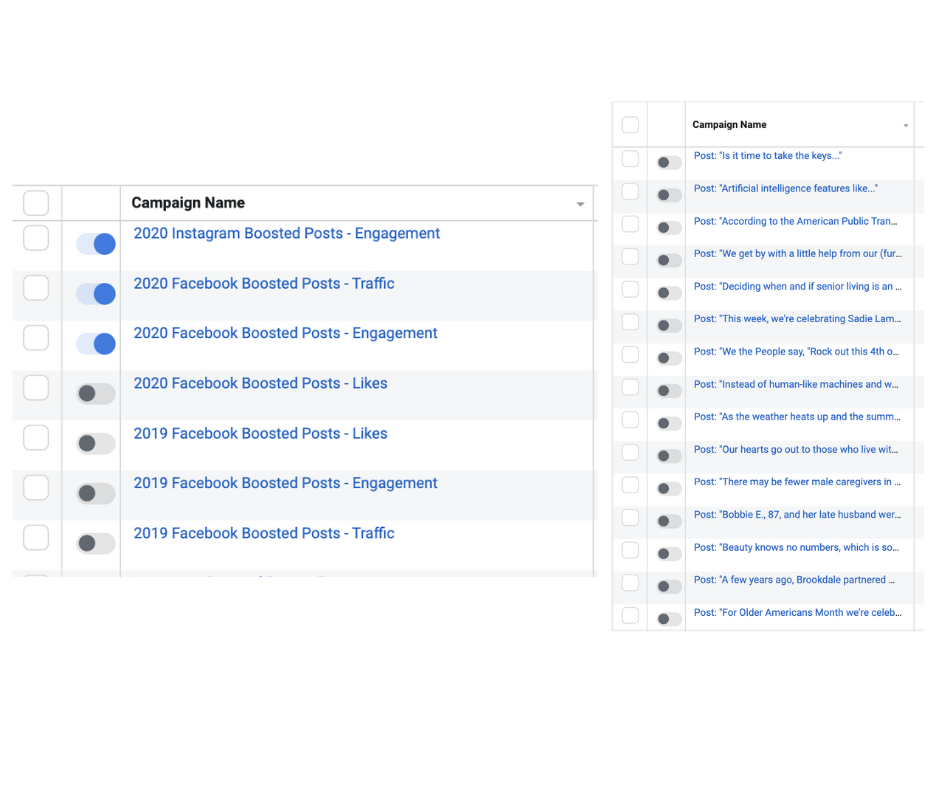
Use a Full-Funnel Approach
One approach to targeting and campaign structure that we've found to be successful is to leverage awareness or consideration-focused campaign objectives, even when primary goals are direct response-oriented.
- In addition to generating awareness across a cold audience, upper-funnel tactics are highly effective in educating and refining the Facebook algorithm to better optimize toward your customer.
- Leveraging different ad formats and creative assets such as video and then building retargeting and lookalike audiences based on level of intent and engagement.
- Higher-funnel objectives typically have lower CPMs, so they can be a more cost-efficient way of filling and advancing people through the funnel.
The Five Easy Wins on Facebook Ads Manager
1. Advanced Matching
- Attribute more conversions to your campaigns.
- Increase your Custom Audience size and reach more people through remarketing campaigns.
- Decrease your cost per conversion since Facebook can better identify and deliver ads to the right people.
- If you don’t have this turned on, do it now - the easiest win!
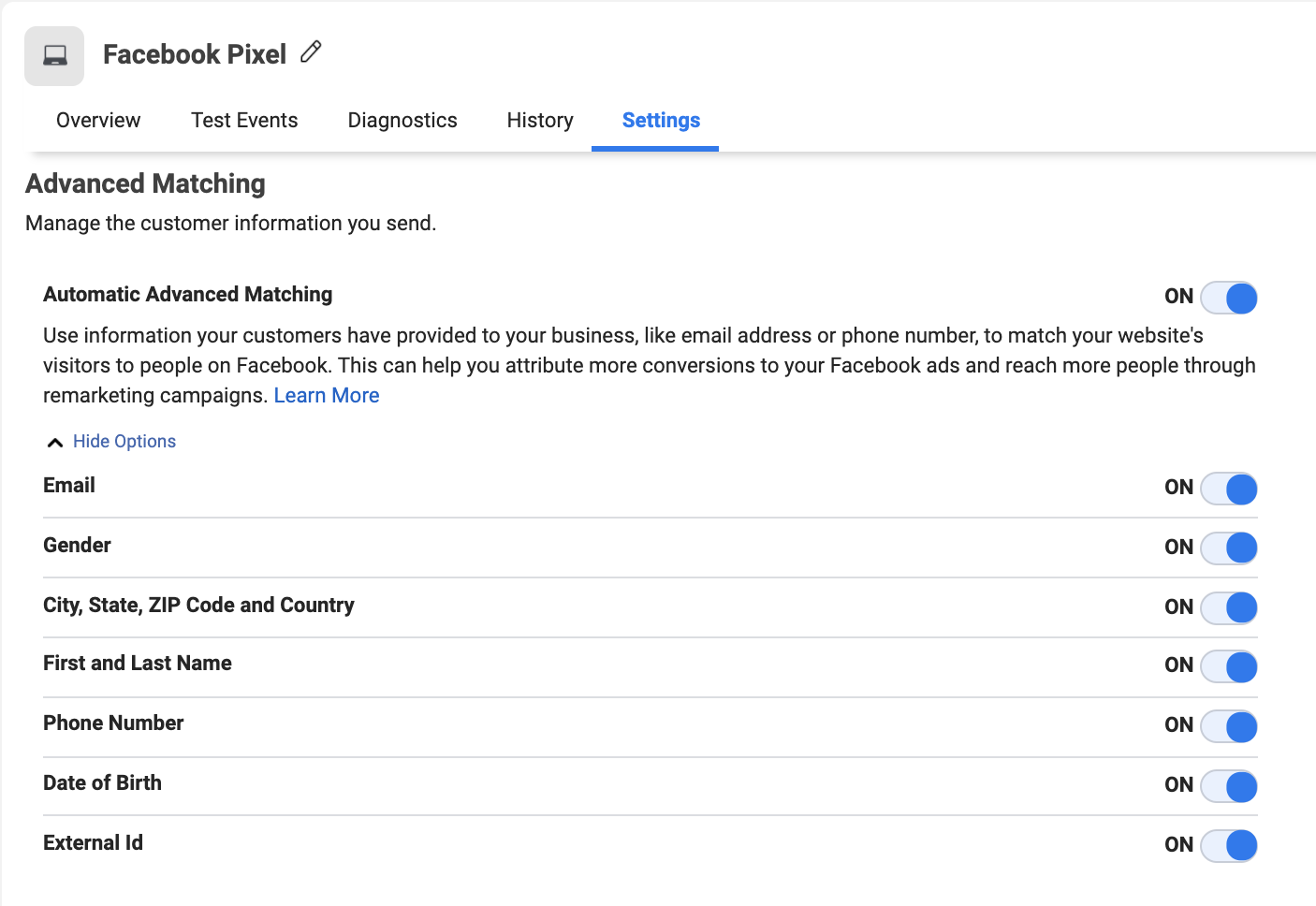
2. Utilize Multiple Placements
- If you're afraid of Automatic Placements (or don’t like it, like me) and deselect it, make sure you use as many placements as possible.
- Use at least four placements to adhere to Facebook's best practices.
- Not only does it increase the chances your ad has to serve in the auction, but it also increases your account quality leading to higher a Share of Voice on the platform
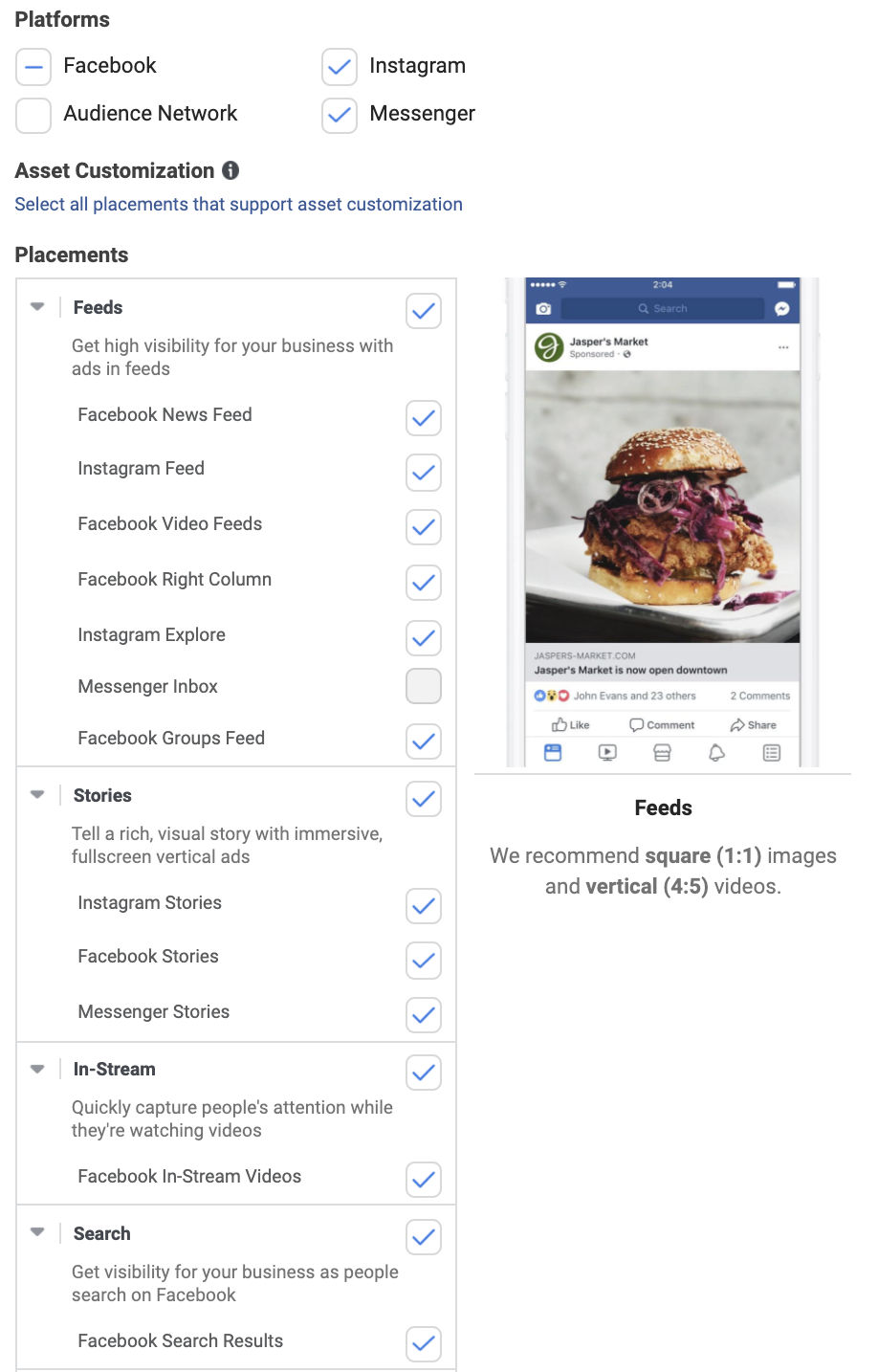
3. If Something Is Optional, Just Do It
- Some ad aspects are indeed optional as they don't show up on all placements, but why not go ahead and manually enter them yourself to have more control of how the ad will appear.
- This will also help increase your account score as you utilize all the ad variables.
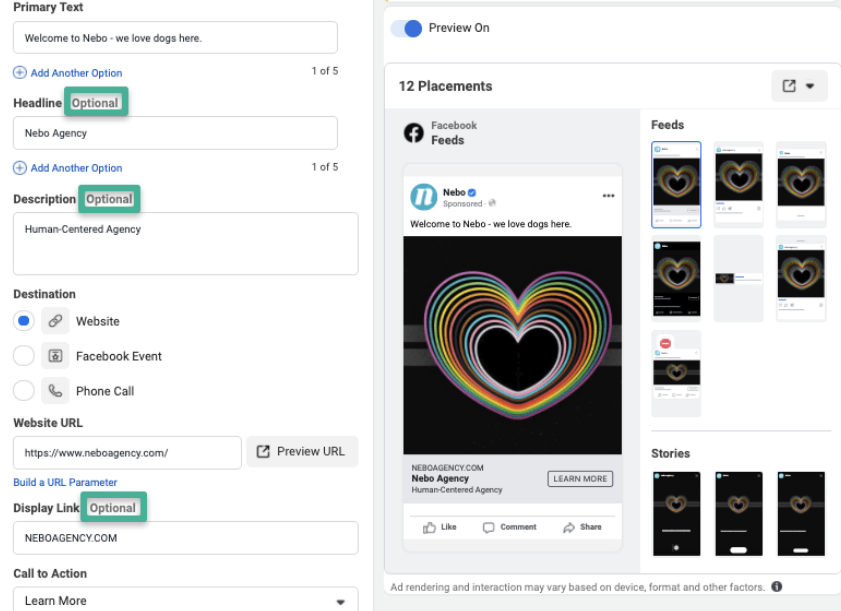
4. Implement Dynamic URL Source Parameters
- Automatically appends utm_source with either ‘fb,’ ‘ig’ or ‘msg’ depending on the ad placement.
- Better understand the effectiveness of your ads when using multiple placements.
- Test your dynamic parameter before launching to ensure the tagging doesn't break.
- Use underscores vs. periods despite Facebook help articles suggesting periods (periods broke our tagging and it may break yours too!).
Incorrect

Correct

5. Activate Facebook Pixel on All Ads
- Literally - for all ads that you can activate this, turn it on because this is how Facebook can track your conversions and further help increase your remarketing pools.
- You, of course, can have your offline event sets turned on for tracking as well.
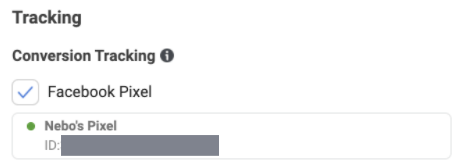
Paid social strategies that drive success are based on understanding which platform to use, which audiences should be targeted and what creative will be used before building.
Social media is continuing to grow in its popularity, and it is worth exploring as a part of any cohesive marketing program. These social platforms can be an exciting and innovative way to connect and sprout your audience.
There’s a lot to cover when it comes to Social Media Advertising, and hopefully this helps you nail down the basics.

Comments
Add A CommentLove it, it’s definitely important to know how to do this properly and efficiently, clients LOVE these.
Extremely informative and well written social marketing strategy. Kudos to MM for her research and results producing recommendations.